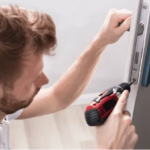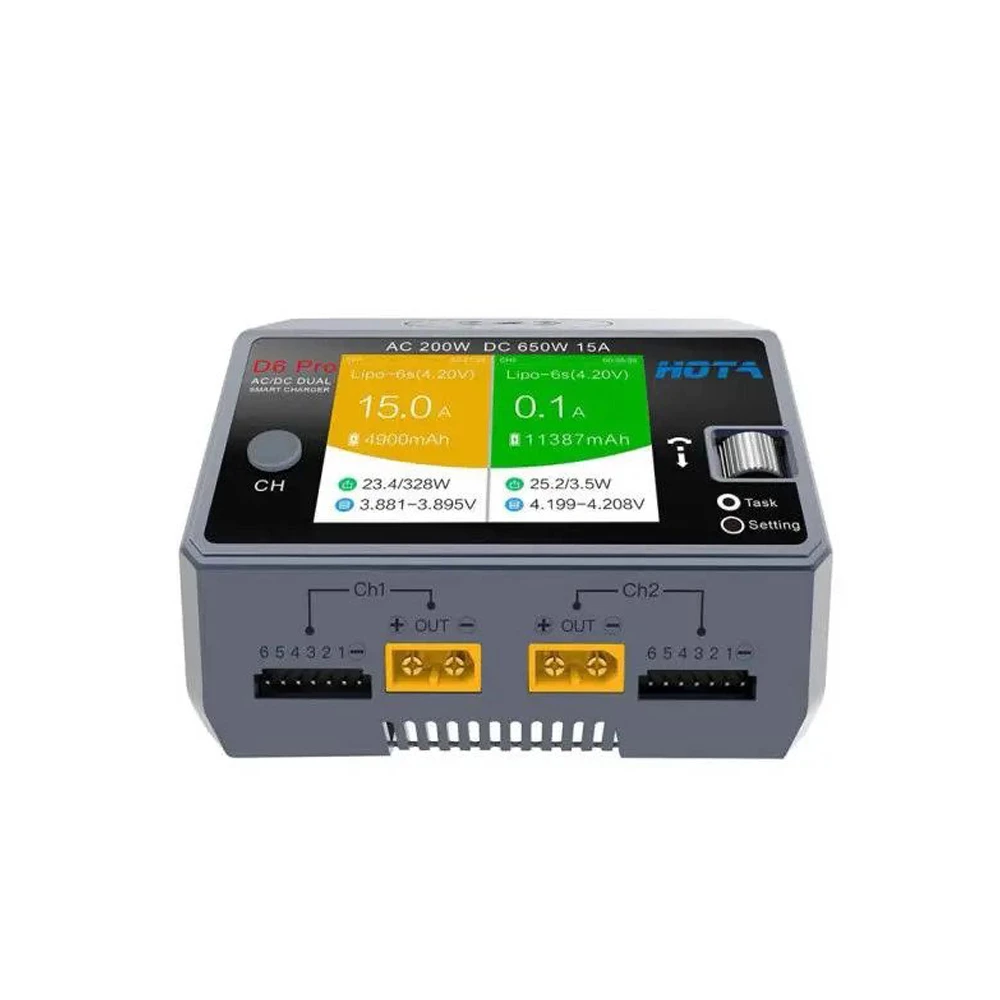Your RC battery charger plays a crucial role in keeping your remote-control vehicles powered and ready for action. Whether you’re a hobbyist or a competitive RC enthusiast, properly maintaining your charger can prevent costly replacements, ensure safety, and extend the life of your batteries. In this guide, we’ll explore essential maintenance tips, the tools you’ll need, and common mistakes to avoid, helping you keep your RC charger in peak condition.
Why Maintenance Matters for Your RC Battery Charger
RC battery chargers are built to handle a lot of wear and tear, but like any piece of technology, they require regular upkeep. Failing to maintain your charger could lead to various problems, including malfunctioning, overheating, or even dangerous fire hazards. Proper care not only ensures that your charger lasts longer but also guarantees that your batteries are charged efficiently and safely.
Avoid Malfunctions and Breakdowns
A well-maintained RC battery charger can perform optimally for years. However, neglecting regular cleaning and inspection can result in performance issues. For example, dirt and dust can clog cooling vents, leading to overheating. This could cause internal components to degrade, forcing you to replace the charger prematurely.
Ensure Safety During Charging
One of the most critical reasons to maintain your charger is safety. An overworked or malfunctioning charger can become a fire hazard, especially when charging lithium polymer (LiPo) batteries, which are sensitive to overcharging. Keeping your charger clean, cool, and in good working order reduces the risk of accidents, giving you peace of mind every time you plug in.
Tools You Need for RC Battery Charger Maintenance
Before starting the maintenance process, make sure you have the right tools. Here’s a list of basic equipment to have on hand:
- Microfiber cloth: For wiping away dust and dirt from the charger’s surface.
- Compressed air: To blow out debris from cooling vents and hard-to-reach areas.
- Multimeter: For checking the voltage output of your charger.
- Isopropyl alcohol (99%): For cleaning connectors and electrical components.
- Safety gear: Gloves and safety glasses, especially if working with electrical parts.
These simple tools will help you maintain your RC battery charger effectively, ensuring it continues to perform reliably.
Step-by-Step Guide to Maintaining Your RC Battery Charger
Step 1: Cleaning the Exterior and Ports
The first step in maintaining your RC battery charger is cleaning its exterior. Use a microfiber cloth to gently wipe away any dirt, dust, or fingerprints that may have accumulated on the surface. Pay special attention to the ports where you connect the battery and power cables. Dust and grime can accumulate here, leading to poor connections or charging inefficiencies.
Next, use compressed air to blow out any dust trapped in the cooling vents. Over time, dust can block airflow, causing the charger to overheat. Make sure you hold the can of air upright and avoid using too much pressure, which could damage the internal components.
Step 2: Inspect for Damage
After cleaning the charger, thoroughly inspect it for signs of wear and tear. Look for frayed power cables, cracked housing, or loose connections. If you find any damage, it’s essential to repair or replace the affected parts immediately to avoid more significant issues down the road. Loose connections, for example, could lead to inefficient charging or even short circuits, which can harm both the charger and the battery.
Step 3: Ensuring Proper Ventilation
Ventilation is critical for preventing overheating. When using your charger, ensure it has enough space around it for proper airflow. Keep it away from direct sunlight, heat sources, or other electronic devices that may trap heat. If possible, use your charger in a cool, dry environment, as this will further reduce the risk of overheating.
Step 4: Updating Firmware
If your RC battery charger is a smart charger, check for any available firmware updates. Manufacturers frequently release updates to improve performance, fix bugs, or add new features. To update the firmware, connect the charger to your computer via a USB cable and follow the manufacturer’s instructions. This process ensures your charger is operating with the latest software, maximizing both safety and efficiency.
Step 5: Testing Voltage Output
Using a multimeter, test the voltage output of your RC charger to make sure it’s functioning properly. Connect the multimeter to the charger’s output terminals and check that it’s delivering the correct voltage for your battery type. Voltage fluctuations or inconsistencies could indicate an internal issue with the charger, which may need to be addressed by a professional.
Common Mistakes to Avoid
Even with regular maintenance, certain bad habits can damage your charger. Here are five common mistakes that could shorten its lifespan:
- Overcharging: Leaving your battery connected after it’s fully charged can overwork both the charger and the battery. Always disconnect the charger once charging is complete.
- Using in Extreme Temperatures: Avoid charging your batteries in excessively hot or cold environments, as this can damage the charger’s internal components.
- Not Inspecting Cables Regularly: Over time, cables can fray or become loose. Check your cables frequently to ensure they’re in good condition.
- Ignoring Firmware Updates: For smart chargers, neglecting updates can result in performance issues or missed safety improvements.
- Using Low-Quality Cables: Always use high-quality cables that meet the manufacturer’s specifications. Cheap or counterfeit cables could damage both the charger and your batteries.
How Often Should You Maintain Your RC Battery Charger?
Regular maintenance is key to keeping your charger in good working order. A quick visual inspection should be done every time you use the charger, while a more thorough cleaning and inspection should be performed at least once every three months. If you frequently use your RC vehicles in dirty or dusty environments, consider cleaning your charger more often.
Extending the Life of Your RC Charger: Pro Tips
Maintaining your RC battery charger is essential, but there are additional steps you can take to extend its life further:
- Store in a Cool, Dry Place: Keep your charger in a well-ventilated, cool area when not in use. Avoid storing it in humid environments, as moisture can corrode internal components.
- Use a Surge Protector: Electrical surges can damage your charger. Always plug your charger into a surge protector to safeguard it from sudden power spikes.
- Avoid Overuse: Give your charger a break between charging sessions, especially during extended periods of use. Continuous charging without rest can cause the internal components to overheat and degrade.
Conclusion
Proper maintenance of your RC battery charger not only extends its life but also ensures the safety and performance of your RC batteries. By cleaning the charger regularly, inspecting it for damage, and avoiding common mistakes, you can keep it in top condition for years to come. Following these simple steps will save you money in the long run and keep your RC vehicles powered up and ready for action.
FAQs
1. How often should I clean my RC battery charger?
It’s recommended to clean your RC battery charger every three months or more often if used in dirty environments.
2. Can I use any type of battery with my charger?
No, always check the manufacturer’s guidelines for compatible batteries to avoid damaging your charger or battery.
3. What should I do if my charger overheats?
Unplug it immediately and allow it to cool. Ensure it’s being used in a well-ventilated area and check for any blocked vents.
4. How can I tell if my charger is malfunctioning?
Signs include erratic charging behavior, failure to turn on, or overheating. If you notice any of these issues, stop using the charger and inspect it for damage.
5. Is updating the firmware necessary?
Yes, if you have a smart charger, firmware updates can improve functionality and ensure safe operation.









